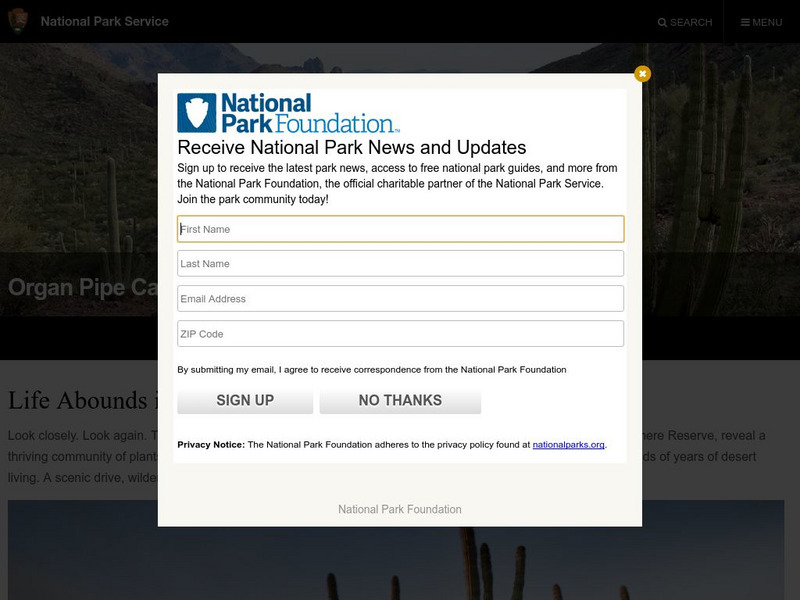Hi, what do you want to do?
Curated OER
World History Worksheet #8
What customs did the Ancient Aztecs practice? In this world history worksheet, students utilize a word bank of 10 terms or phrases to answer 10 fill in the blank questions pertaining to the Aztec culture. A short answer question at the...
Curated OER
Aztec History
Students explore facets of Aztec history. For this ancient civilizations lesson, students map landmarks in Mexico, read excerpts from The Sad Night: The Story of an Aztec Victory and a Spanish Loss, by Sally Mathews and design concept...
Curated OER
Cinco de Mayo
Students investigate the Cinco de Mayo holiday. They discuss the history of Cinco de Mayo, listen to the Legend of the Mexican flag, color a worksheet of the Mexican flag, and create a class coat of arms.
Curated OER
How To Make a Rainstick
Students research the uses of rainsticks in ancient native cultures. The teacher discusses the ceremonies rainsticks were traditionally used in. The students then construct their own rainstick.
Education World
Every Day Edit - Arizona, the 48th State
In this everyday editing worksheet, students correct grammatical mistakes in a short paragraph about Arizona. The errors range from punctuation, capitalization, spelling, and grammar.
Curated OER
The Eagle Has Landed: Aztecs Find a Home
Students investigate the Aztec civilization and locate it on a map. They explain the legend of the city of Tenochtitan and investigate the symbolism of the Mexican flag.
Curated OER
Comparing Visual Interpretations and Actual Events: War & Battle
A Venn Diagram is used to compare artistic and historical representations of a single event. Young analysts view the provided images, read textbook descriptions, and discuss the validity of each representation in terms of bias and...
Curated OER
Desert Plant Adaptations in the Sonoran Desert
Students are able to identify adaptations that plants have developed to deal with harsh desert conditions, as well as explain how these adaptations help to protect these plants.
Curated OER
Aztec Food
Combining social studies and geography, pupils identify the various foods eaten by the Aztecs. They create a recipe for an Aztec evening meal, including preparation instructions. Next, they explain why the Aztecs ate foods commonly found...
Teach Engineering
Computer Simulation of the Sonoran Desert Community
See how changes in initial populations and parameters affect a biological community. Individuals use a special software program to simulate a desert community with five species. They adjust initial populations to see how the community...
Curated OER
Investigate the Sonoran Desert
Students read article in Chain Reaction about the Sonoran Desert and answer questions.
Curated OER
Civic Engagement for Us?
Young scholars identify the different forms of civic engagement. They identify their responsibilities at the different levels of government. They also analyze young leaders running for office.
Curated OER
The Eagle Has Landed: Aztecs Find a Home
Pupils examine the Aztec civilization in what is now Mexico. Using a map, they locate the empire and explain the legend of the founding of Tenochtitlan. They explore the symbols on various Mexican flags and what they meant to the Aztec...
Curated OER
Punctuation: Periods. Commas,
Color-coded slides model for viewers the various uses of the comma and the period. The rule is presented and followed by several examples. Consider extending the lesson with a practice exercise.
Curated OER
The Formation and Value of Temperate Grasslands
Students get an overview of the climate and organisms of the North American Prairie. After a lecture, and watching some videos imbedded in this plan, students compile research data on the North American Prairie.
Curated OER
Hopi Agriculture
Students discuss the farming practices of the past and present of the Hopi people and discuss the importance of corn. In this Hopi agriculture lesson plan, students also plant their own seeds of corn.
Curated OER
Botany
In this botany worksheet, students read a 2 page article on botany, choose the multiple choice answer to 3 questions, determine if 3 statements are true of false and fill in the blanks in 5 facts about botany.
Curated OER
A Year in Arizona
Fourth graders create a calendar about their state. In this state calendar lesson, 4th graders select a state theme and create a calendar based on that theme. Students write paragraphs for each month related to the theme and design the...
Curated OER
Rainsticks
Students create a rainstick decorated with repeated patterns of shape and color, out of paper towel tubes.
Curated OER
A Twist On American Symbolism
Young scholars discover how and why flag and national anthem of the United States were created, and in what ways they represent the foundation of our national identity.
Curated OER
Polymerase Chain Reaction and DNA Profiling
Students examine DNA fingerprinting and polymerase chain reaction and how they are used in everyday life and for criminal investigations. They discover how these techniques can also be used to answer ecological and evolutionary questions.
Curated OER
National Park Service: Organ Pipe Cactus National Monument
Organ Pipe Cactus National Monument in the Sonoran Desert, in Arizona, was declared a national monument to preserve the ecological wonders it houses. Peruse the history, culture, nature and science. Teachers, be sure to check out the...
Other
Council on Spiritual Practices: A Brief History of the Native American Church
An informative account of the Native American Church in North America and its use of the peyote cactus in its religious services.
Regents of the University of Michigan
Animal Diversity Web: Peromyscus Eremicus (Cactus Mouse)
The Animal Diversity Web describes the natural history of the cactus mouse, including its geographical range, physical characteristics, natural habitat, reproduction, and behavior.




























